Raw Data
Introduction
Raw data, also known as primary or source data, is the basic form of data collected directly from the source without any processing or analysis. It is the most fundamental form of data in data processing and is often the starting point for data analysis. Raw data can be quantitative or qualitative and can come from a variety of sources, including surveys, experiments, and observations 1(https://www.britannica.com/science/data-information).

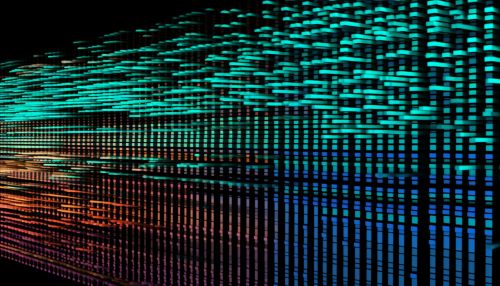
Types of Raw Data
There are two main types of raw data: structured and unstructured.
Structured Data
Structured data is data that is organized and formatted in a way that it can be easily processed and analyzed by data management systems. This type of data is often found in relational databases and spreadsheets, where the data is organized into tables with rows and columns. Examples of structured data include names, dates, addresses, and phone numbers 2(https://www.ibm.com/cloud/learn/structured-data).
Unstructured Data
Unstructured data, on the other hand, is data that does not have a pre-defined data model or is not organized in a pre-defined manner. This type of data is typically text-heavy and includes data like emails, social media posts, and word processing documents. Unstructured data can be more challenging to analyze and process due to its lack of structure 3(https://www.ibm.com/cloud/learn/unstructured-data).


Collection of Raw Data
The collection of raw data is often the first step in the data analysis process. This can be done through various methods, including surveys, experiments, and observations.
Surveys
Surveys are a common method of collecting raw data. They can be conducted in various ways, including online surveys, phone surveys, and face-to-face interviews. The data collected from surveys is often used in market research, social science research, and other fields 4(https://www.britannica.com/science/survey-research).
Experiments
Experiments are another method of collecting raw data. In an experiment, a researcher manipulates one or more variables and measures the effect on another variable. The data collected from experiments is often used in fields like psychology, medicine, and physics 5(https://www.britannica.com/science/experiment).
Observations
Observations involve collecting data by watching and recording events or behaviors. This method is often used in fields like anthropology, sociology, and biology 6(https://www.britannica.com/science/observation).


Processing of Raw Data
Once raw data has been collected, it often needs to be processed before it can be analyzed. This can involve cleaning the data, transforming the data, and loading the data into a data analysis tool.
Data Cleaning
Data cleaning involves removing errors, inconsistencies, and inaccuracies from the data. This can involve removing duplicate entries, correcting spelling errors, and dealing with missing values 7(https://www.ibm.com/cloud/learn/data-cleaning).
Data Transformation
Data transformation involves converting the data from its raw form into a format that can be easily analyzed. This can involve converting text data into numerical data, normalizing data, and aggregating data 8(https://www.ibm.com/cloud/learn/data-transformation).
Data Loading
Data loading involves loading the cleaned and transformed data into a data analysis tool. This can involve loading the data into a database, a spreadsheet, or a data visualization tool 9(https://www.ibm.com/cloud/learn/data-loading).
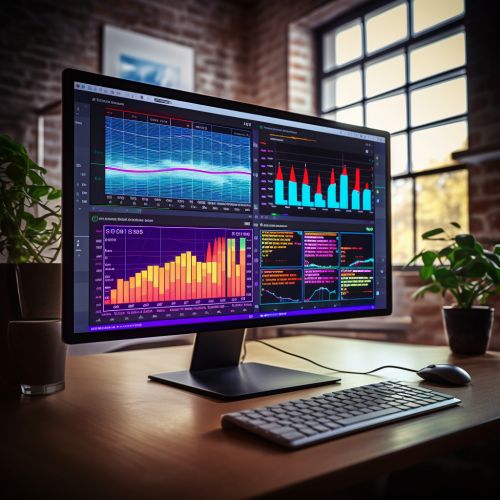
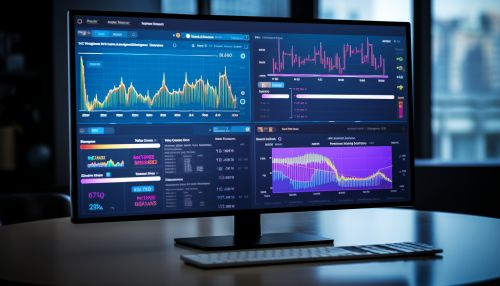
Analysis of Raw Data
The analysis of raw data involves examining the data to draw conclusions and make decisions. This can involve statistical analysis, data mining, and data visualization.
Statistical Analysis
Statistical analysis involves using statistical techniques to analyze the data. This can involve calculating averages, determining correlations, and conducting hypothesis tests 10(https://www.britannica.com/science/statistics).
Data Mining
Data mining involves using algorithms to discover patterns and relationships in the data. This can involve classification, clustering, and association rule mining 11(https://www.britannica.com/technology/data-mining).
Data Visualization
Data visualization involves creating visual representations of the data to help understand the patterns and trends in the data. This can involve creating bar charts, line graphs, and scatter plots 12(https://www.britannica.com/science/data-visualization).
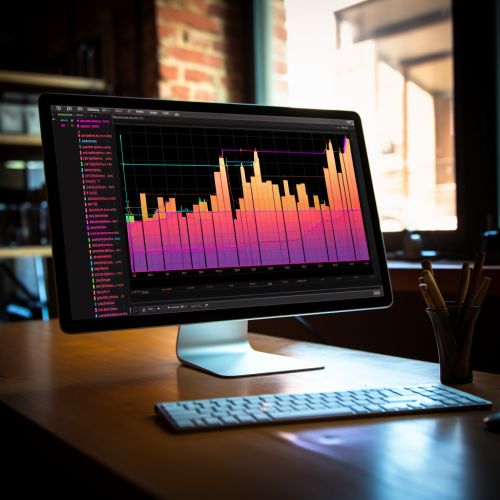
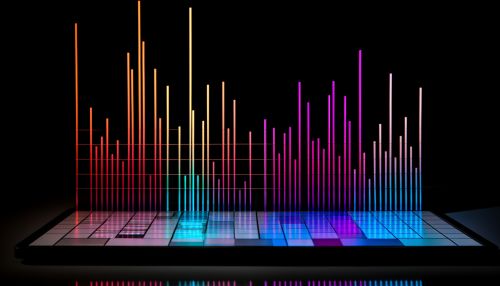
Conclusion
Raw data is a fundamental component of data analysis. It is the starting point for any data analysis process and provides the raw material for drawing conclusions and making decisions. Despite its challenges, the collection, processing, and analysis of raw data are crucial steps in turning data into valuable insights.

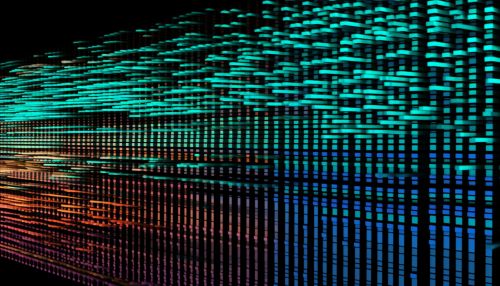
See Also
References
1. "Data" 2. "Structured Data" 3. "Unstructured Data" 4. "Survey Research" 5. "Experiment" 6. "Observation" 7. "Data Cleaning" 8. "Data Transformation" 9. "Data Loading" 10. "Statistics" 11. "Data Mining" 12. "Data Visualization"
